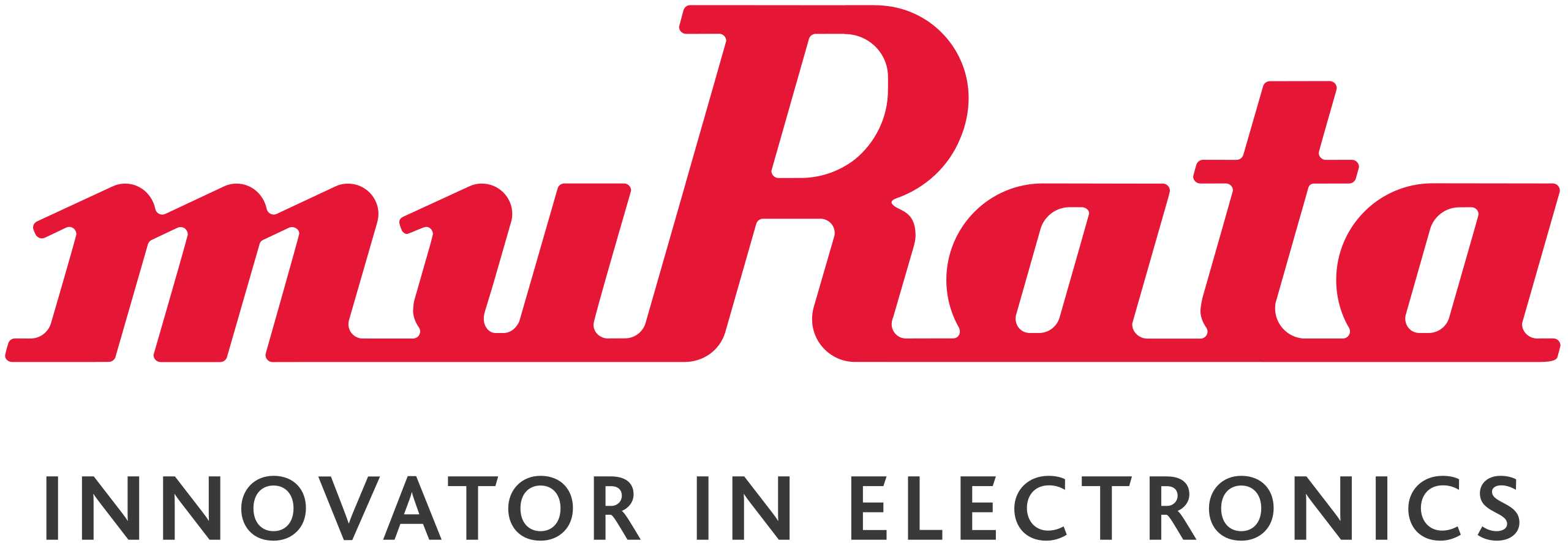Supply Chain Optimization
Traditional, correlational, machine learning approaches often fail to improve supply chain management
We brought to market the first operating system for decision making powered by Causal AI, decisionOS, to empower enterprises to optimize their supply chain management
Traditional machine learning approaches often fail
to improve supply chain management
Spurious correlations lead to bad decisions
And are often perceived as “black boxes”
Read more on our blog:
Explainable AI doesn’t explain enough
For example, they can predict if there will be a delay in an order but can’t recommend the next best action to prevent the delay

Do these questions sound familiar?
Enterprises run on causal questions
What actions do I need to take to optimize on-time in-full levels?
What decisions are impacting my margins when analyzing my fulfillment strategy, and how can I optimize those decisions?
How will certain initiatives impact my in-store operations?
Which are the right suppliers for my components, given costs, lead times and demand levels?
How might future supply chain disruptions impact my operations, what actions should I take?
What actions should I take to reduce scheduling inefficiencies?
See this solution in practice
Interactive ExampleLicense our platform to answer these questions using Causal AI
Discover cause-effect relationships within your marketing data
Discover cause-effect relationships in your supply chain data by combining the best of domain knowledge with data-driven, statistical, approaches
Read more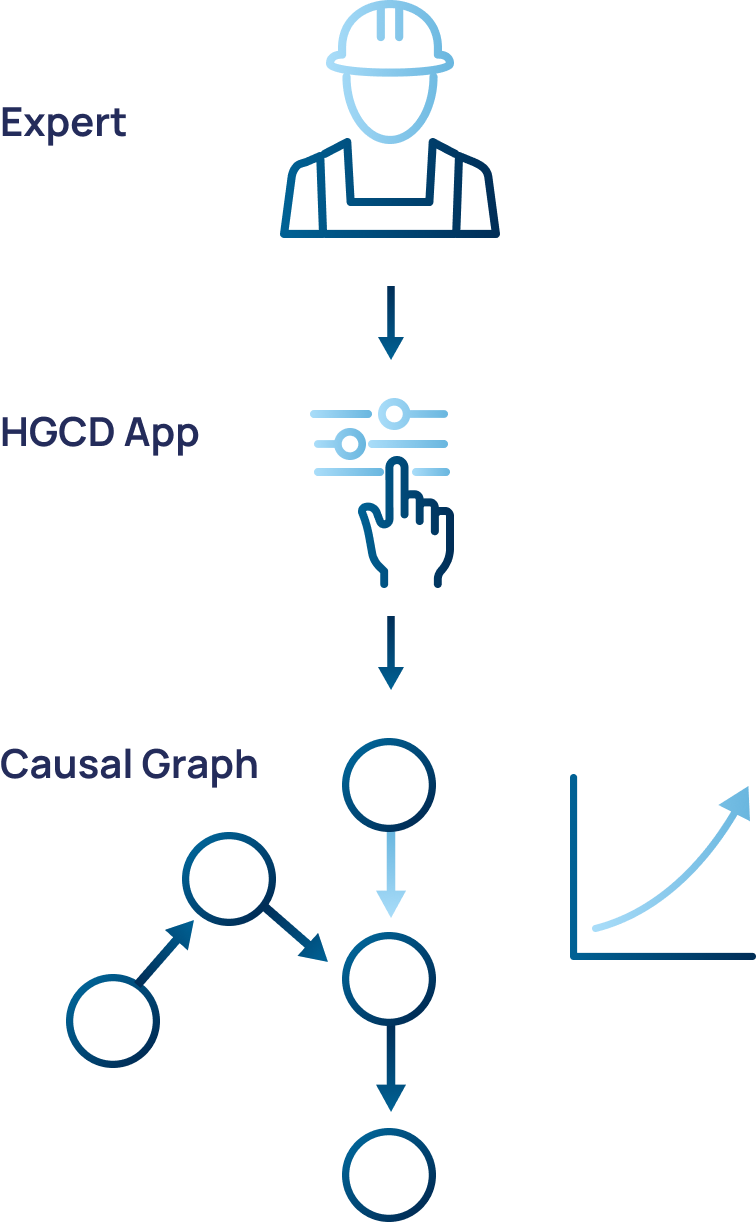
Build Causal Models
Discover causal models, based on cause-effect relationships and causal graphs, that can robustly predict estimate the effect of changes (e.g. sourcing materials from a new supplier) and allow you to run powerful what-if scenarios
Read More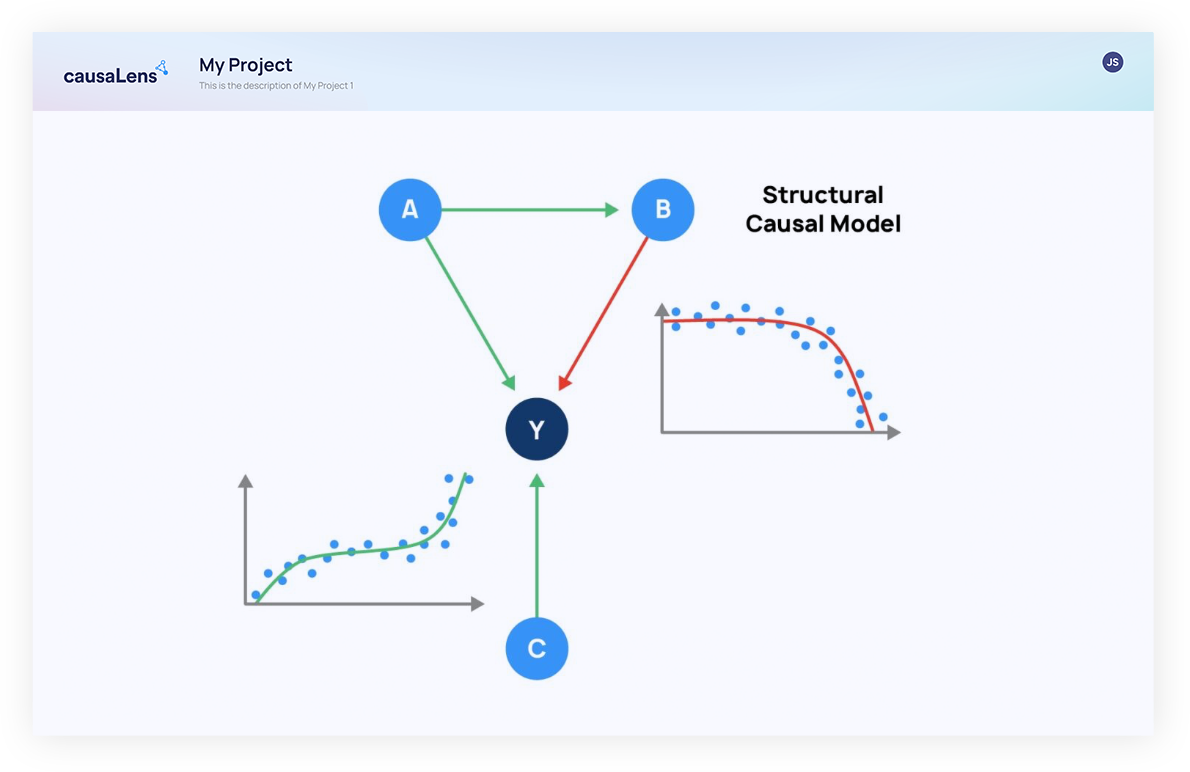
Make better decisions with Decision Intelligence Engines
Leverage our pre-built engines on top of your causal models to:
Understand root causes
Automatically rank the potential root causes of delays, inefficiencies or process errors
Design next best actions
E.g Decide where you should source a materials from
Perform powerful what-if analyses and estimate counterfactual scenarios
Understand the impact of a 10% increase in demand
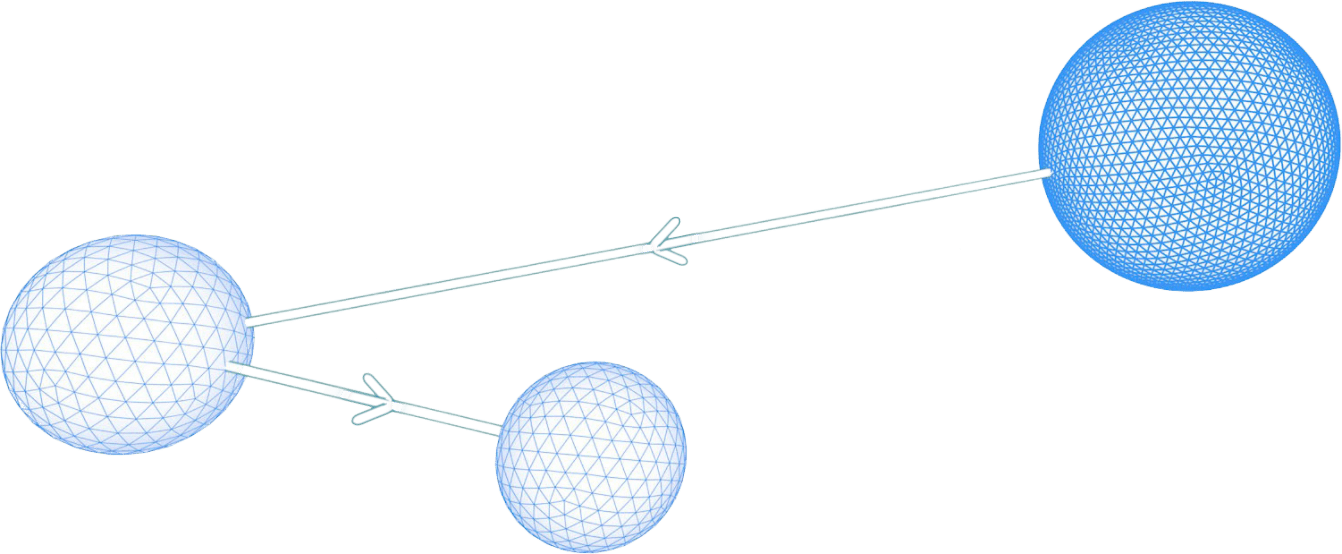
Build Decision Apps
Leverage Dara, our app building framework, to seamlessly deliver beautiful, interactive decision making applications to the supply chain & executive teams
Learn more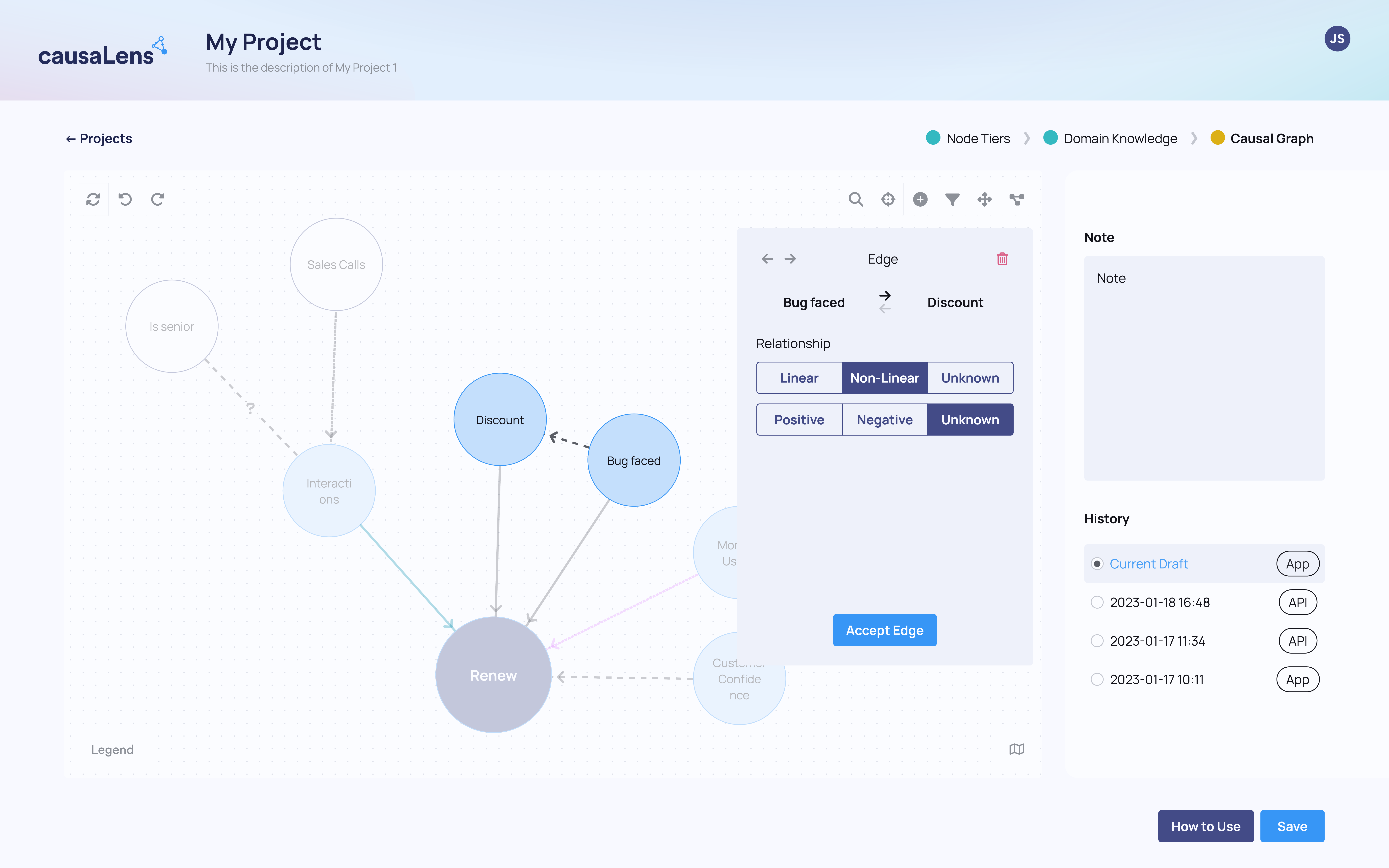
Monitor and optimize supply chain decisions with decisionOps
Build, deploy & monitor your decision workflows while attributing KPI performance to the appropriate actions whether that’s yours, your competitor’s actions or the macro-economic environment
Learn more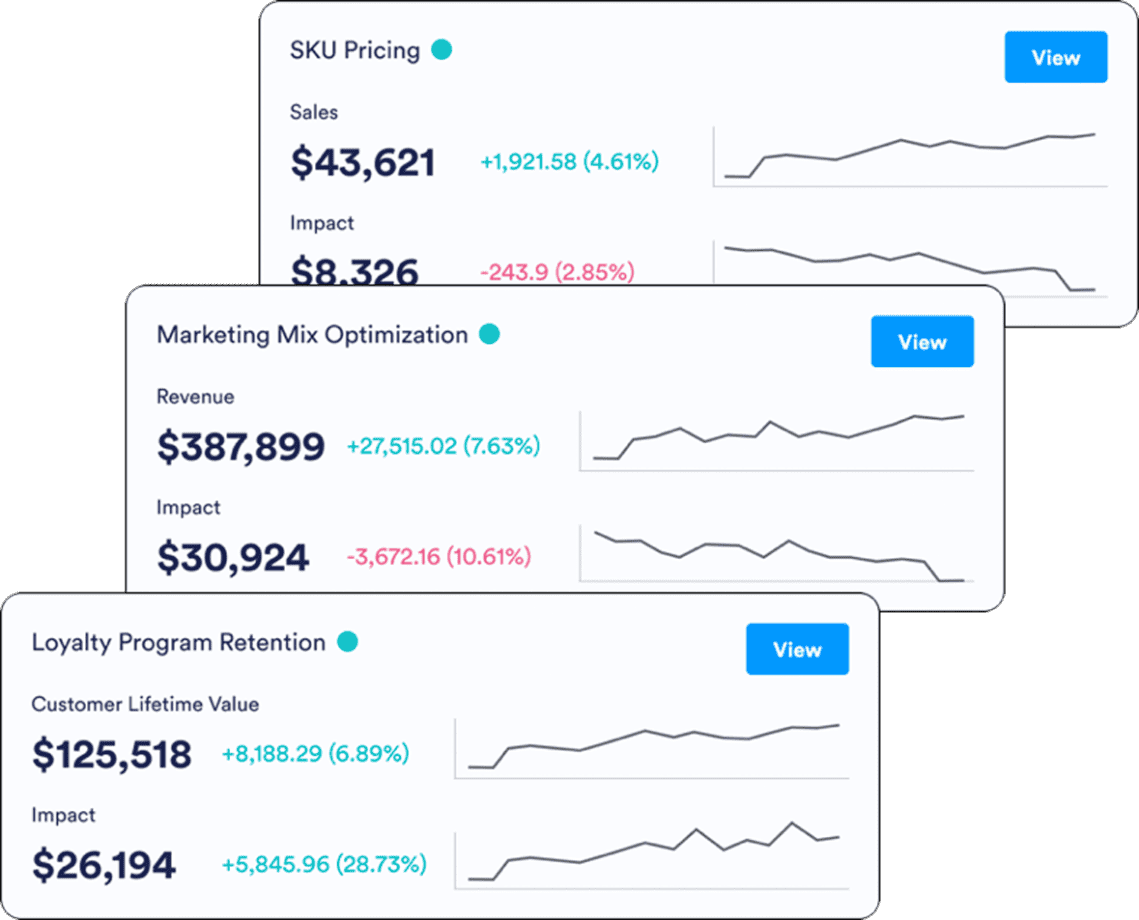
Related Case Studies
Customer Case Study: Order Delays Reduction
Textile manufacturer sees a 10% reduction in order delays by adopting Causal AI
Customer Case Study: Inventory Optimization
A leading manufacturer of IT products and equipment sees $19mn in savings from matching inventory levels to customer demand more accurately
Customer Case Study: Manufacturing Downtime Reduction
$10bn Metals Enterprise sees an expected return of $4M from maximal throughput while reducing downtime
Causal AI at BMW Group's supply chain team
Watch the presentation from the Causal AI conference 2023
Cisco's Forecasting Data Science Leader, Puneet Gupta
At the Causal AI Conference 2022
Proven value in weeks
Request your free trial now, and we’ll get you started on your Causal AI journey. Within weeks, you can answer your company’s critical business questions and drive improvement in your KPIs.
-
1Discovery Call
Understand your needs.
1 hour. -
2Platform Trial
Test drive decisionOS.
14 days. -
3Build, Deploy, Scale
Answer business-critical questions. Within weeks.
-
4Ongoing Support
World-class support from leading experts. Ongoing.
